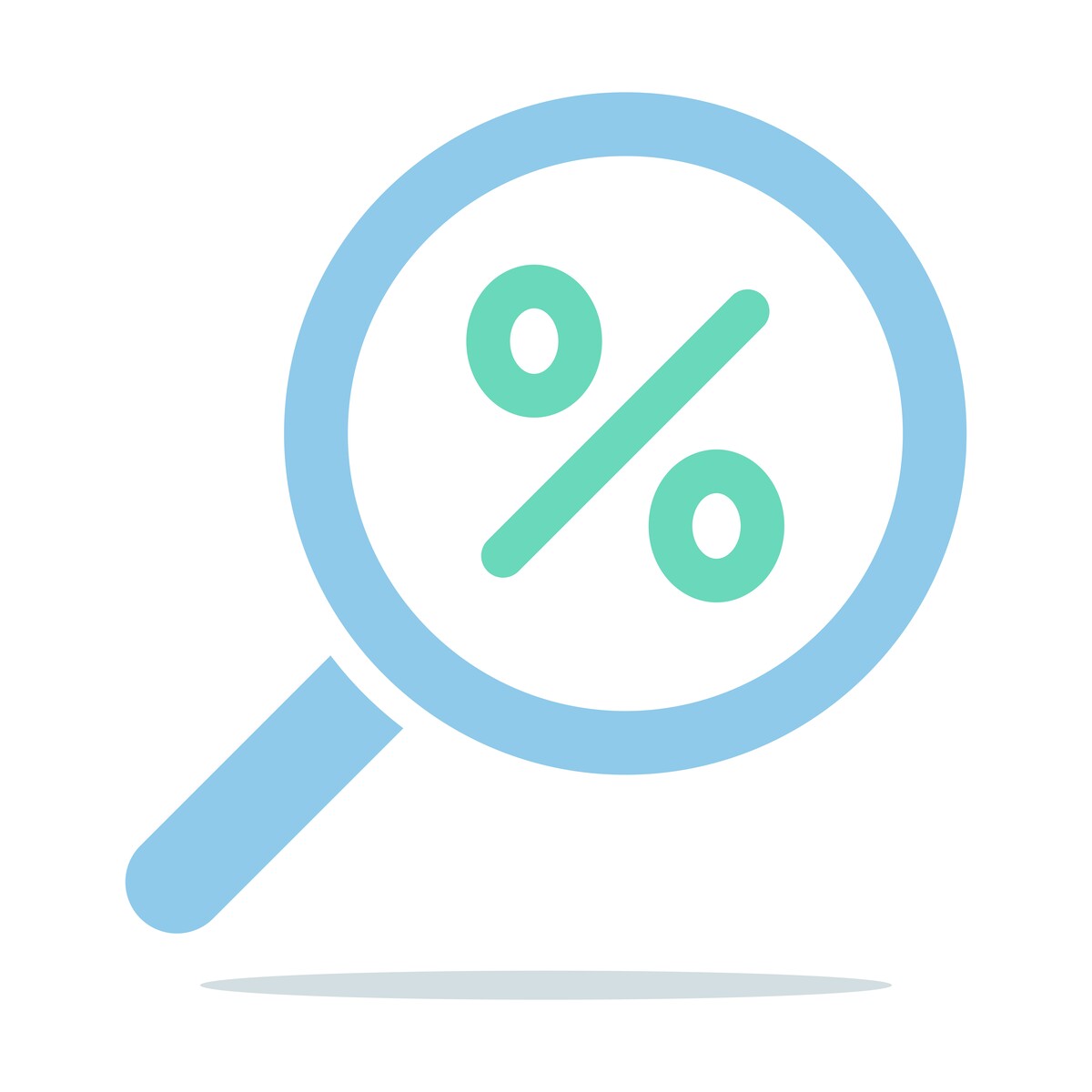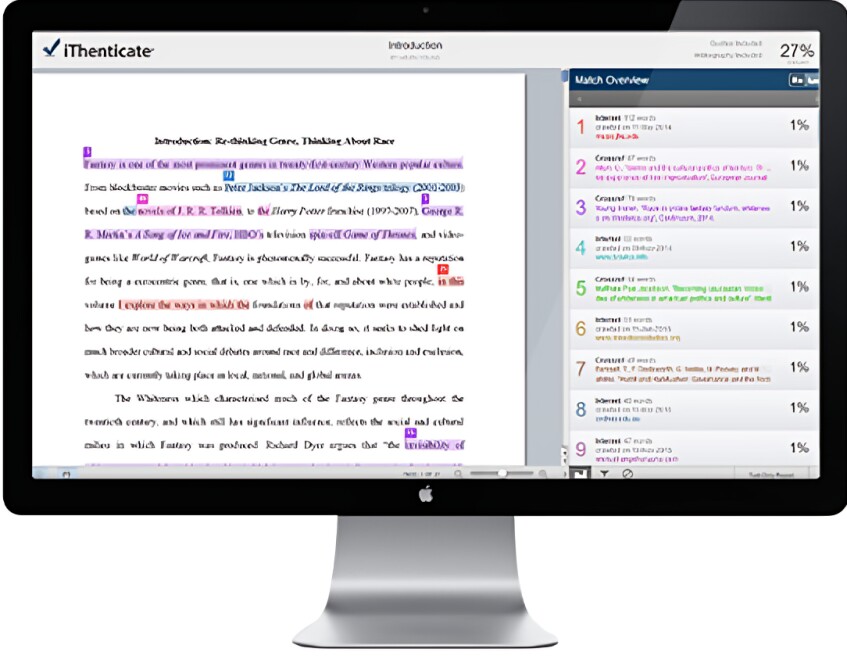فهم الانتحال فی البحث الأکادیمی


الانتحال هو عندما یستخدم شخص ما عمل أو أفکار أو کلمات شخص آخر دون أن ینسبها إلى المؤلف الأصلی. یشبه الأمر سرقه أفکار أو إبداعات الآخرین والادعاء بأنها من صنعک. فی السیاقات الأکادیمیه، یُعتبر الانتحال أمرًا بالغ الخطوره. وقد یؤدی إلى عواقب جدیه، مثل فقدان المصداقیه، أو التعرض لعقوبات أکادیمیه، أو حتى اتخاذ إجراءات قانونیه. لذلک، فإن فهم ماهیه الانتحال وکیفیه تجنبه أمر ضروری لأی شخص یشارک فی البحث أو الکتابه.

هناک عده أنواع من الانتحال، ومعرفتها یمکن أن تساعدک فی تجنب الوقوع فی الأخطاء. إلیک الأنواع الرئیسیه:
الانتحال المباشر: وهو أبسط أنواع الانتحال. یحدث عندما تنسخ عمل شخص آخر حرفیًا دون الإشاره إلیه. على سبیل المثال، إذا أخذت جمله من کتاب ووضعتها فی بحثک دون استخدام علامات اقتباس أو ذکر المصدر، فإن ذلک یُعد انتحالًا مباشرًا.
الانتحال الذاتی: یحدث عندما تعید استخدام عمل سابق لک دون توثیق أو إشاره مناسبه. مثلًا، إذا قدمت بحثًا فی مقرر دراسی، ثم استخدمت نفس البحث فی مقرر آخر دون التنویه بأنه عملک السابق، فإن هذا یُعد انتحالًا ذاتیًا.
الانتحال الفسیفسائی (المرکب): یحدث عندما تأخذ عبارات أو أفکارًا من مصادر متعدده وتدمجها معًا دون توثیق واضح. قد یبدو أن ما کتبته أصلی، لکنه فی الواقع یحتوی على أجزاء کبیره مأخوذه من أعمال الآخرین دون الإشاره إلیهم.
الانتحال غیر المقصود: أحیانًا یحدث الانتحال دون قصد، مثلًا إذا نسیت أن توثق مصدرًا أو قمت بإعاده صیاغه خاطئه لاقتباس ما. حتى وإن لم یکن عن عمد، إلا أنه یُعتبر انتحالًا وقد یترتب علیه عواقب.

تضع العدید من المؤسسات الأکادیمیه إرشادات لما یُعتبر نسبه مقبوله من الانتحال. وعلى الرغم من عدم وجود قاعده موحده، فإن المعیار الشائع هو أن یکون مؤشر التشابه أقل من 15% لیُعتبر مقبولًا. هذا یعنی أن لا یزید الجزء المتطابق مع مصادر أخرى عن 15% من إجمالی العمل.
ومع ذلک، من الضروری دائمًا التحقق من المتطلبات الخاصه بالجامعه أو المجله التی تنوی تقدیم عملک إلیها، حیث قد تختلف المعاییر من جهه لأخرى. لذلک، احرص دائمًا على الالتزام بالإرشادات الرسمیه للمؤسسه الأکادیمیه التی تتبعها.
تجنب الانتحال أمر ضروری للحفاظ على النزاهه الأکادیمیه کباحث أو کاتب. فیما یلی بعض الاستراتیجیات الفعاله:
إعاده الصیاغه (Paraphrasing): تعنی إعاده صیاغه أفکار شخص آخر بکلماتک الخاصه. عند إعاده الصیاغه، یجب أن تفهم الفکره الأصلیه جیدًا ثم تعبر عنها بطریقه مختلفه. حتى عند إعاده الصیاغه، یجب الإشاره إلى المؤلف الأصلی. على سبیل المثال، إذا قال النص الأصلی: "السماء زرقاء بسبب تفاعل ضوء الشمس مع الغلاف الجوی"، یمکنک إعاده صیاغته کالتالی: "یؤدی تفاعل ضوء الشمس مع الغلاف الجوی إلى ظهور السماء باللون الأزرق." لا تنسَ أن تُدرج مصدر الفکره.
الاستشهاد بالمصادر (Citing Sources): عند استخدامک لأفکار أو اقتباسات مباشره من الآخرین، یجب تقدیم الاستشهادات الصحیحه. یتضمن ذلک معلومات مثل اسم المؤلف، عنوان العمل، وتاریخ النشر. تختلف أنماط التوثیق حسب المجال الأکادیمی، مثل APA أو MLA أو Chicago، لذا تأکد من استخدام النمط الذی تطلبه مؤسستک.
استخدام علامات الاقتباس (Using Quotation Marks): إذا کنت ترید استخدام کلمات شخص آخر حرفیًا، ضعها بین علامات اقتباس واذکر المصدر. على سبیل المثال: "السماء زرقاء بسبب تفاعل ضوء الشمس مع الغلاف الجوی" (المؤلف، السنه).
تدوین الملاحظات بعنایه (Taking Notes Carefully): أثناء البحث، احتفظ بملاحظات دقیقه. اکتب من أین حصلت على کل فکره أو اقتباس لتتمکن من الاستشهاد بها لاحقًا بسهوله. من المفید أیضًا أن تمیز بین أفکارک الشخصیه وتلک المأخوذه من مصادر أخرى لتجنب الانتحال غیر المقصود.
فهم المعرفه العامه (Understanding Common Knowledge): لیست کل المعلومات بحاجه إلى توثیق. الحقائق المعروفه بشکل واسع، مثل "الماء یتجمد عند 0 درجه مئویه"، تعتبر معرفه عامه ولا تتطلب توثیقًا. ومع ذلک، إذا کنت غیر متأکد من کون المعلومه معرفه عامه، فمن الأفضل توثیقها.

من أفضل الأدوات لفحص الانتحال هو iThenticate. یُستخدم هذا البرنامج على نطاق واسع فی الأوساط الأکادیمیه لاکتشاف الانتحال المحتمل فی المخطوطات. یقوم iThenticate بمقارنه عملک مع قاعده بیانات ضخمه من المواد المنشوره. یوفر لک تقریرًا مفصلًا یظهر أی أوجه تشابه تم العثور علیها. هذه الأداه مفیده بشکل خاص للباحثین والکتّاب الذین یرغبون فی التأکد من أن عملهم أصلی قبل تقدیمه للنشر.
فهم الانتحال وکیفیه تجنبه أمر أساسی لأی شخص یعمل فی مجال البحث الأکادیمی أو الکتابه. من خلال معرفه ما هو الانتحال، وأنواعه المختلفه، وکیفیه الاستشهاد بالمصادر بشکل صحیح، یمکنک حمایه عملک والحفاظ على نزاهتک کعالم. استخدم استراتیجیات مثل إعاده الصیاغه، والاستشهاد بالمصادر، وتدوین الملاحظات بعنایه لتقلیل خطر الانتحال. بالإضافه إلى ذلک، یمکن أن تساعدک أدوات مثل iThenticate فی فحص عملک لاکتشاف المشکلات المحتمله قبل التقدیم.
فحص الانتحال وإزالته
إذا کنت ترغب فی التأکد من خلو ورقه بحثک من الانتحال، نحن هنا للمساعده! نحن نقدم تقریرًا شاملًا لفحص الانتحال باستخدام تطبیق iThenticate لفحص عملک بدقه. بعد ذلک، سیقوم فریقنا بإعاده صیاغه أی محتوى ضروری لضمان الوصول إلى نسبه الأصاله المطلوبه.

إذا کان لدیک أی أسئله، استفسارات، أو ترغب فی معرفه المزید عن خدماتنا، فلا تتردد فی التواصل معنا. فریقنا المخصص مستعد لمساعدتک.